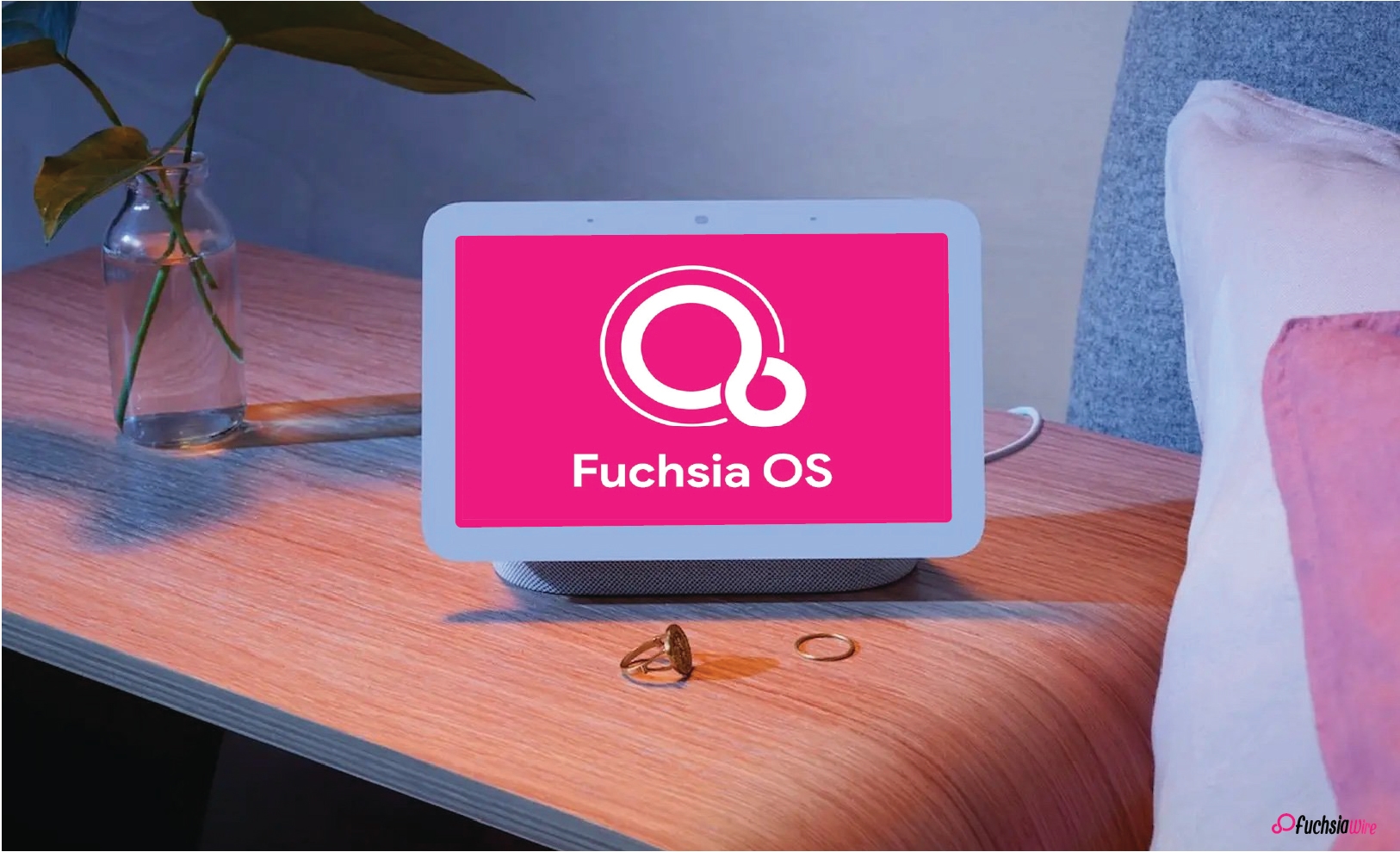The company is set to release Google’s Latest flagship phones, the Pixel 8 and Pixel 8 Pro, for pre-order on October 4th, ahead of an October 12th retail launch. According to a leak from a retail source to 9to5Google, the Pixel 8 will cost $699 and the Pixel 8 Pro will ring in at $999 – a $100 increase over their Pixel 7 series predecessors.
This continues a trend of gradual price hikes for Google’s phones. Last year’s Pixel 7 saw a $100 increase over the Pixel 6, and the recent Pixel 7a jumped $50 to $499 over the Pixel 6a. While still hundreds below premium Samsung devices, the shrinking price gap may challenge Google to prove the value of its Tensor silicon and exclusive software features.
Justifying The Increase
What hardware and software upgrades justify the pumped-up Pixel 8 pricing? Leaks point to a steady evolution rather than a radical redesign. The main camera sensor reportedly remains unchanged, with improvements focused on auto-focus for the selfie camera and Pixel 8 ultrawide lens.
Premium features like increased storage and high refresh rate displays still appear limited to the Pro model. With 128GB base storage, the standard Pixel 8 may struggle to match expectations set by rivals offering 256GB entry-level variants.
Chasing The Premium Market
By nudging up prices while keeping production costs steady, an analyst suggests Google aims to increase profit margins on its flagship Pixels. This gradual shift toward a premium positioning makes sense as Google invests heavily in marketing and promotion to boost Pixel awareness.
Still, exclusives like the Pixel’s call screening, AI-enhanced photography, and live translation depend on Google’s software mastery. If core camera and Assistant experiences stagnate while prices rise, Google risks alienating loyal fans attracted by the high value-to-cost ratio of earlier Pixels. For now, a $100 increase seems unlikely to shock buyers.























